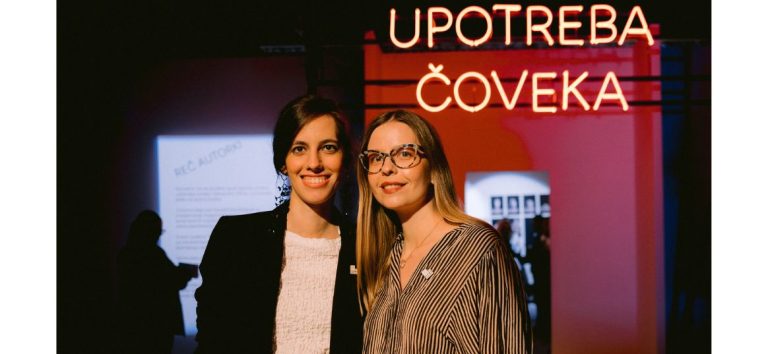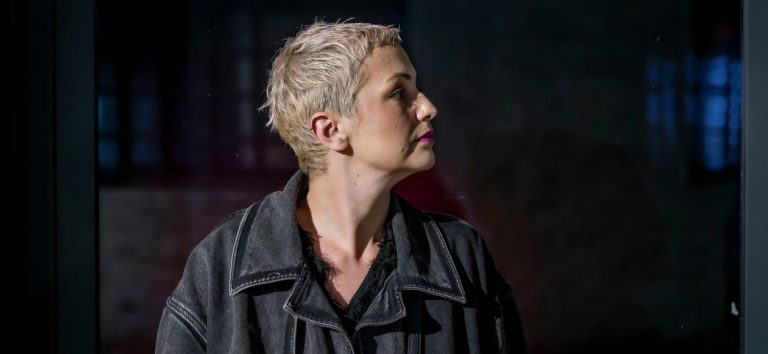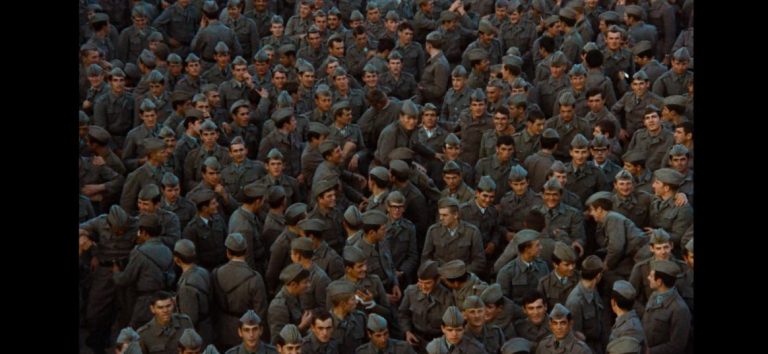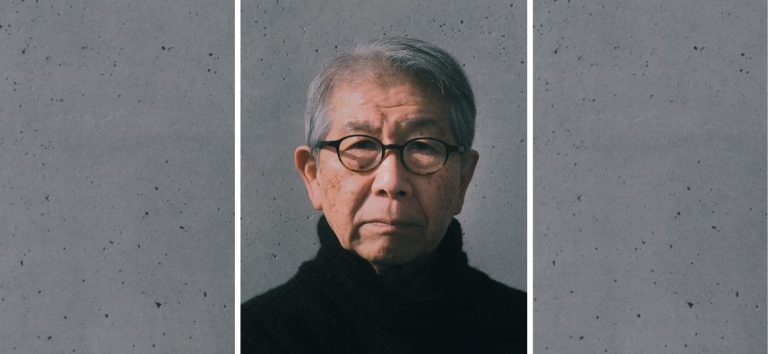A new open-air exhibition awaits us in a new art space – Suba’s plateau in Liman Park within the Migrations programme arch. The exhibition of art flags called MigrArt will open on 20 March, and it will present the ‘forest’ of masts made of 49 masts 8 meters high. We will have the opportunity to see the works of art of seven artists from five cities, former, current and future holders of the European Capital of Culture title. These artists will try to answer the question of human migration, so we invite you to visit this exhibition in Liman Park. The space of the new gallery is already known to the people of Novi Sad as the Suba’s Plateau, thus we bring you the story of the legendary Suba, the king of illusion.
Suba’s Plateau got this name thanks to a civic initiative from 2011. Citizens came together to name the toponym after one of the most important composers of contemporary music – Mitar Subotić Suba.
Novi Sad Pioneer of Electronic Music
Mitar Subotić Suba was born in 1961 in Novi Sad, where he graduated from the elementary music school, as well as from the Academy of Arts – Department of Composition and Orchestration. During the studies, he showed interest in electronic music, which will significantly determine his professional direction, and created the first recordings by combining electronics with keyboards. After graduating from the Academy, he moved to Belgrade and attended an electronic music course on Radio Belgrade with Paul Pignon, a British saxophonist. Suba sent his keyboard recordings under the pseudonym Rex Ilusivii (Lat. King of Illusion) every week to Dragan Gojković, the author of the shows Novi vidici and Yu pop scena on Radio Novi Sad. A year later, he revealed his identity to enthusiastic listeners, and to Gojković himself, which we can take as the official beginning of his career. Then he presented his work in major cities of the former Yugoslavia, but also began to collaborate with already established musicians – Milan Mladenović and Marina Perazić are just some of them.
Career Development of the King of Illusion
During the eighties, Suba also did music for television and theatre plays. He collaborated with the bands Haustor, Heroina, La Strada, Oktobar 1864. He was awarded in 1988 by the UNESCO Fund for the Promotion of Culture for the work The Dreambird In The Mooncage, an ambient installation recorded in Paris, which he created with Goran Vejvoda. The award consisted of a scholarship for a three-month study of Afro-Brazilian rhythms in Brazil, where he soon emigrated, and apparently finding ‘his tribe’.
In Brazil, Subotić quickly fitted into local music life and began composing and recording music for commercials, fashion shows, and theatre. In addition to this, he has had a successful career as a producer, collaborating with great Brazilian musicians such as Bebel Gilberto, Cibelle, Joao Parahyba, and combining traditional Brazilian rhythms and electronic music in his work.
Suba released his album São Paulo Confessions in 1999, many say – at the peak of his career. Much more was expected of him, and he confidently walked his path. The album was released in Europe, the USA and Japan. However, on the day of the promotion in Sao Paulo, a fire broke out in the studio, and Mitar Subotić, trying to save the recordings from the studio, lost his life.
Grammy Awards
After his death, Brazilian artists founded the SUBA Institute. It is interesting that the album Bebel Gilberto Tanto Tempo, recorded in his production and released a year after his death – in 2000 – became the best-selling album of Brazilian music in America, while the singer won three Grammy Awards for it. Mitar Subotić is remembered as one of the greatest Yugoslav music producers and pioneers of electronic music in the country. He composed music for film, television, commercials, theatre and ballet performances, as well as credits for Radio Novi Sad. Novi Sad, as we said at the beginning, did not remain indebted to him: today on Liman, you can walk through Suba’s music plateau, while one of the stages at the Exit festival bore his name.
Author: Tihana Smiljanić
Photo: Marko Pudić, Uroš Dožić







